Junkyard Find: 1986 Pontiac 1000

While I believe that GM has built only one Detroit-designed subcompact car in its history (the Chevrolet Vega), the case could be made that the Chevette and its Pontiac siblings— though designed in Germany— were also “authentic” Detroit machines. The shocking thing about the Chevette was how far into the 1980s its North American run continued; you could buy a new Chevy Chevette or Pontiac 1000 all the way up to the 1987 model year!
By 1986, you could get an optional 5-speed in your 1000, which must have been fun with the 65-horsepower four-banger under the hood. Remember, this car’s real competition back in ’86 was the Yugo GV and Hyundai Excel, both of which somehow managed to be orders of magnitude more terrible than the Chevette/1000.
Had GM been able to make even one subcompact that Americans would buy without regretting their purchase for years afterward, they’d be in much better shape today (and let’s not even get started about The General’s total failure in the minivan department).
Let’s see what Brendan Spleen has to say about the Pontiac 1000!

Murilee Martin is the pen name of Phil Greden, a writer who has lived in Minnesota, California, Georgia and (now) Colorado. He has toiled at copywriting, technical writing, junkmail writing, fiction writing and now automotive writing. He has owned many terrible vehicles and some good ones. He spends a great deal of time in self-service junkyards. These days, he writes for publications including Autoweek, Autoblog, Hagerty, The Truth About Cars and Capital One.
More by Murilee Martin
Latest Car Reviews
Read moreLatest Product Reviews
Read moreRecent Comments
- Corey Lewis It's not competitive against others in the class, as my review discussed. https://www.thetruthaboutcars.com/cars/chevrolet/rental-review-the-2023-chevrolet-malibu-last-domestic-midsize-standing-44502760
- Turbo Is Black Magic My wife had one of these back in 06, did a ton of work to it… supercharger, full exhaust, full suspension.. it was a blast to drive even though it was still hilariously slow. Great for drive in nights, open the hatch fold the seats flat and just relax.Also this thing is a great example of how far we have come in crash safety even since just 2005… go look at these old crash tests now and I cringe at what a modern electric tank would do to this thing.
- MaintenanceCosts Whenever the topic of the xB comes up…Me: "The style is fun. The combination of the box shape and the aggressive detailing is very JDM."Wife: "Those are ghetto."Me: "They're smaller than a Corolla outside and have the space of a RAV4 inside."Wife: "Those are ghetto."Me: "They're kind of fun to drive with a stick."Wife: "Those are ghetto."It's one of a few cars (including its fellow box, the Ford Flex) on which we will just never see eye to eye.
- Oberkanone The alternative is a more expensive SUV. Yes, it will be missed.
- Ajla I did like this one.

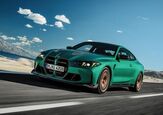

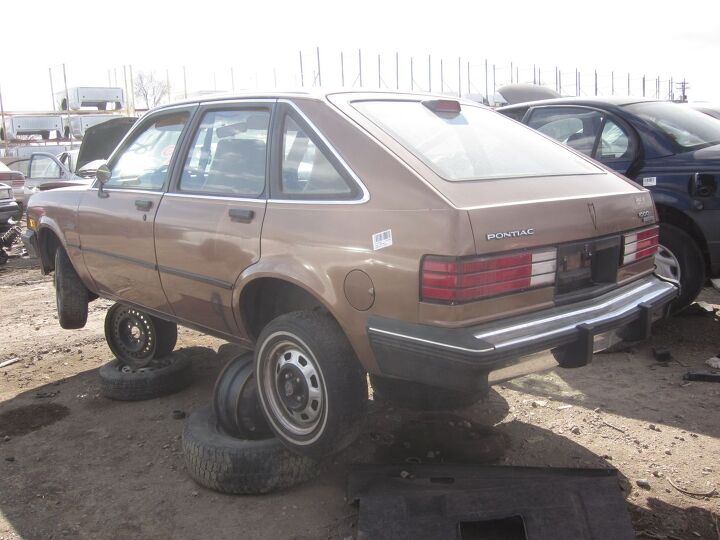































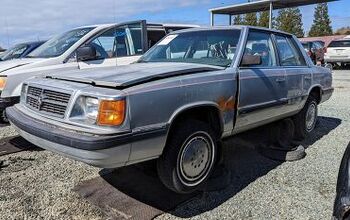
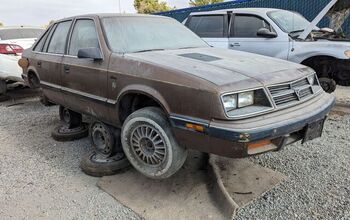
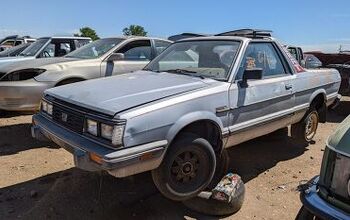
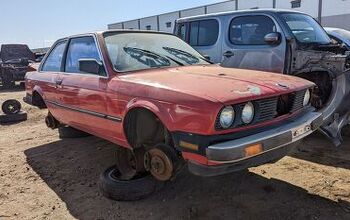
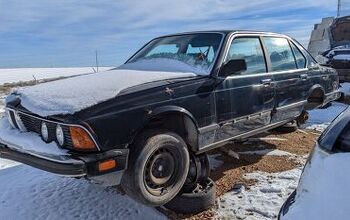



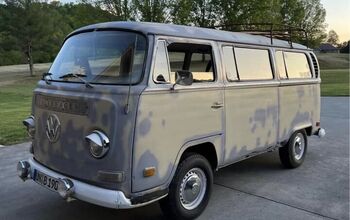
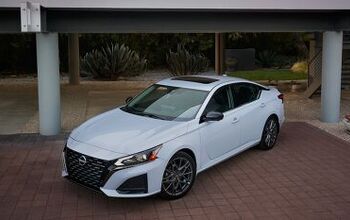


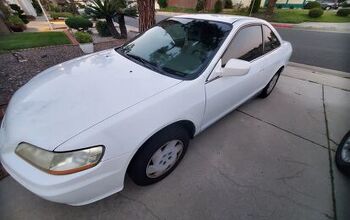
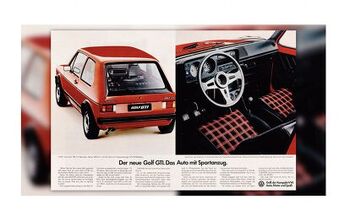

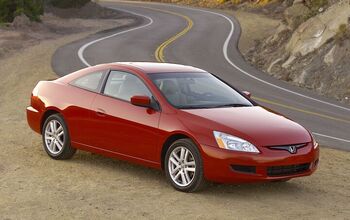
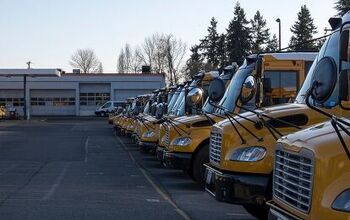

Comments
Join the conversation
We had some neighbors that had both a Chevette and a Chrysler K-Car. Quite the fleet. I learned to drive a manual transmission - years before I had a license - in a Chevette on a 'closed course track' consisting of new city streets awaiting residential development. We rodded the p@ss out of that thing and experienced some ungodly body lean and tire squeal as we clipped the apexes. A bit o' drifting before it was a 'sport'. Good times.
I occasionally drink with a guy who loves these cars. He has a few vettes & I always know he is at the bar when his pristine looking blue 2 door chevette is sitting outside. I got to talking to him a good bit and the last time I did he offered to give me one. He did tell me he recently did find a diesel one in decent shape.